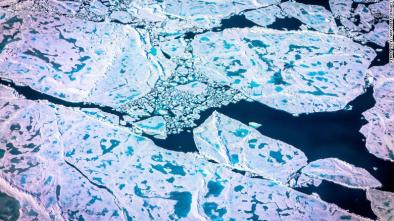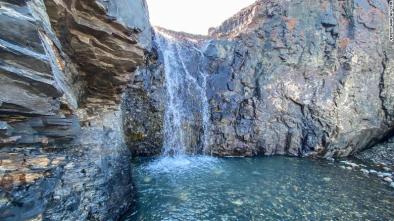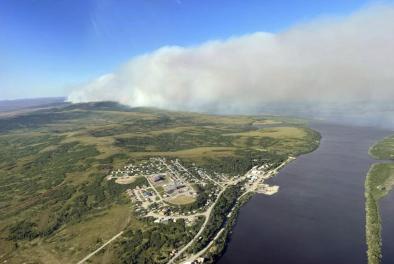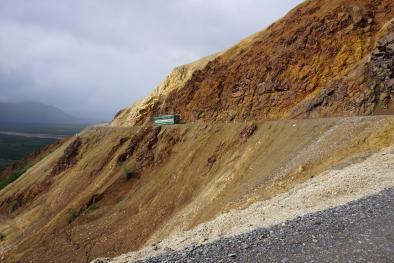Regime shift in Arctic Ocean sea ice thickness
Study key findings & significance
- Long-term sea-ice measurements from the Fram Strait reveal that the dominant form of Arctic sea ice shifted around 2007, from thick and deformed ice to thinner, more uniform ice.
- As a result of this shift, the proportion of thick, deformed ice fell by about half.
- It has not yet recovered, and this is expected to affect heat and momentum exchange in the region.
Author quotes
“Ice is much more vulnerable than before because it’s thinner, it can easily melt."
Hiroshi Sumata, study lead author and sea ice scientist at the Norwegian Polar Institute. Thicker sea ice is crucial to all sorts of life in the Arctic, he said.
“It will affect the entire Earth because the north and south pole is something like a radiator of the Earth, the air conditioning system of the Earth. And the situation we observed indicates the air conditioner is not working well.”
Abstract
Manifestations of climate change are often shown as gradual changes in physical or biogeochemical properties. Components of the climate system, however, can show stepwise shifts from one regime to another, as a nonlinear response of the system to a changing forcing. Here we show that the Arctic sea ice regime shifted in 2007 from thicker and deformed to thinner and more uniform ice cover. Continuous sea ice monitoring in the Fram Strait over the last three decades revealed the shift. After the shift, the fraction of thick and deformed ice dropped by half and has not recovered to date. The timing of the shift was preceded by a two-step reduction in residence time of sea ice in the Arctic Basin, initiated first in 2005 and followed by 2007. We demonstrate that a simple model describing the stochastic process of dynamic sea ice thickening explains the observed ice thickness changes as a result of the reduced residence time. Our study highlights the long-lasting impact of climate change on the Arctic sea ice through reduced residence time and its connection to the coupled ocean–sea ice processes in the adjacent marginal seas and shelves of the Arctic Ocean.
Related Content






